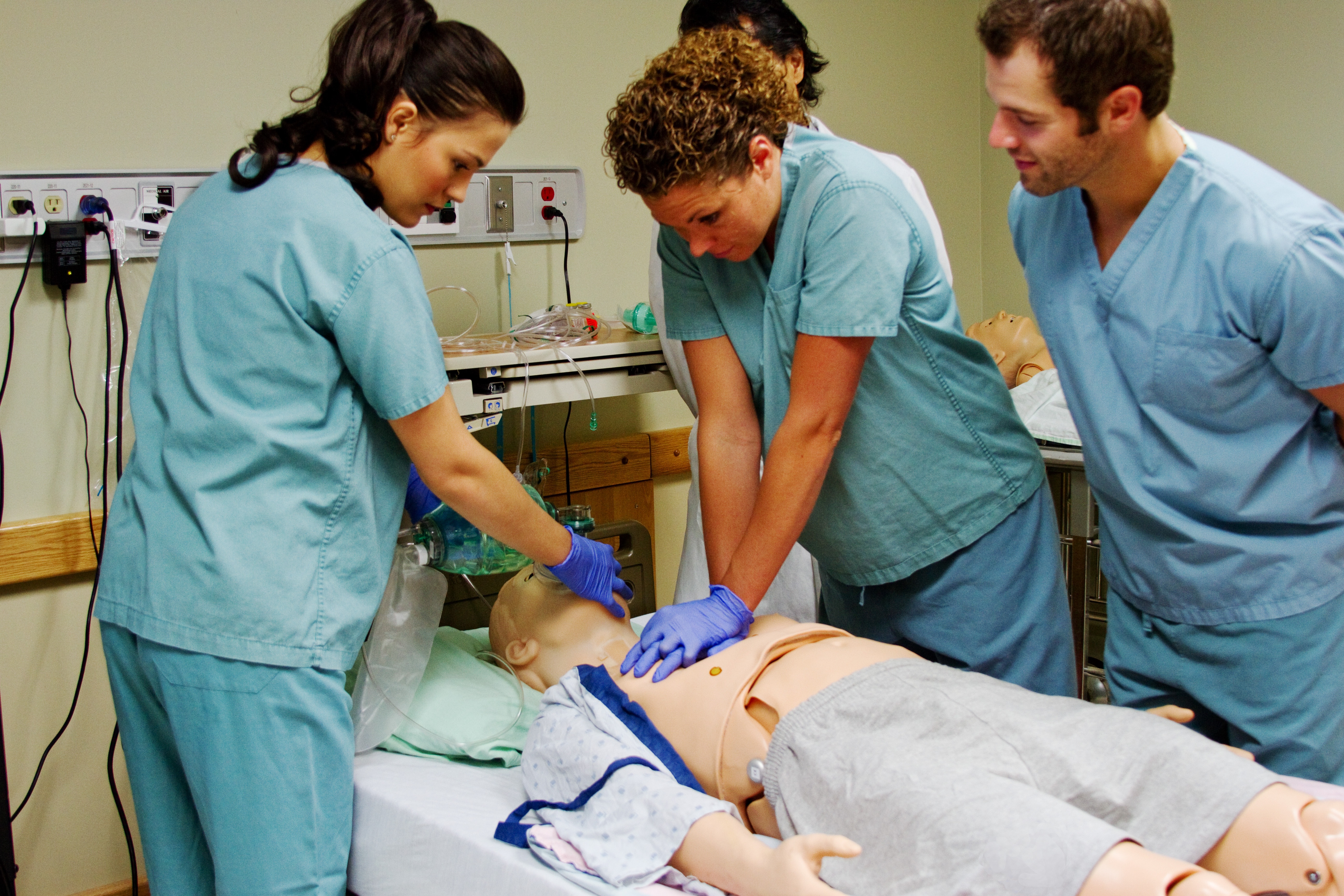
Before developing and launching simulation labs, many factors need to be examined. Ask yourself the following five questions before staffing and stocking your simulation environment.
What are you teaching?
Before you decide on a budget, you have to decide on your program’s objectives, assess technology needs and capabilities, and set staff expectations. So the first step in setting up a simulation lab isn’t to ask “How much can we spend?”, it’s asking “What do we want to achieve?” Decide on program expectations and student goals. Research available technology and also be honest about technology gaps and how to fill them. Finally, decide on faculty training and expectations.
How real do you want to be?
In an ideal world, your simulation lab would have all the bells and whistles to create several simulation environments one level removed from the real thing. But practically speaking, realism needs to take a back seat to space, cost, and teaching constraints. To better evaluate the level of fidelity, ask what you are educating students to do. Most programs will do best with a general skills lab plus a multi-functional simulation suite for specific curriculum requirements. For example, a simulation room that can transform between a hospital room patient care scenario and a surgery suite scenario may be the most beneficial to the most students.
Where will you watch?
Simulation labs are places for students to practice real life skills in a risk-free setting. Part of the lab needs to be a space for monitoring and observation. Options for observation rooms include enclosed rooms, either at the head or the foot of the bed; in-room observation stations for instructors; or a remote observation space with a video and audio monitor feed. More technology decisions to be made here.
Where will you talk?
After running through simulation scenarios, students need to be debriefed. Debriefing rooms should be more than just classroom settings. They should incorporate comfortable and intimate space; debrief sessions tend to be significantly longer than simulations. These are the rooms where instructors and student teams can review and constructively critique student performances. They should be close to the sim labs, and there should be an adequate number of them to accommodate the several daily simulations.
What does the future hold?
Keeping your program relevant depends on flexibility and planning for the future now. Consider multiple uses for your simulation environment, curriculum growth and development, and core support space design. Plan for current and future technology trends, and understand how aging infrastructure can best support your simulation environment going into the future.
No matter what you decide in terms of space, cost, and technology, your simulation rooms and teaching environment should showcase and celebrate learning. You are educating future caregivers to promote and give the best patient-centered care.
To see some simulation options from Pocket Nurse, visit our web site. For more references on creating a simulation lab, see this white paper from Kahler Slater or this journal literature review from the Journal of Nursing Education.






